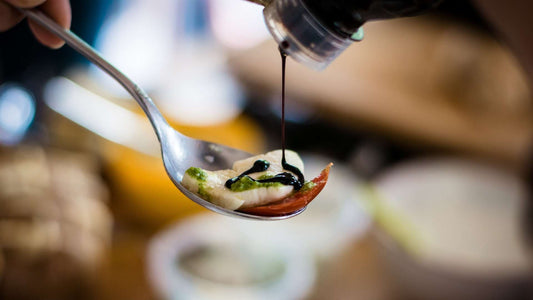The charm of Emilian cuisine: lasagna and Bolognese ragù
The evolutions of ragù: from tradition to innovation
Bolognese ragù is a dish that has crossed centuries and borders, evolving considerably over time. Originally, in the 12th century, French "ragoût" was a meat and vegetable stew. With the arrival of the Angevins in Naples, this dish began its Italian transformation, becoming more of a condiment than a single dish.
The birth of Bolognese ragù
In 1800, the Bolognese variant of ragù began to take shape. Pellegrino Artusi, in his book "Science in the kitchen and the art of eating well", describes "Macaroni with Bolognese meat sauce" as a condiment for pasta, with ingredients such as veal, pork belly, broth of meat, celery, carrot, onion, but without tomato.
Transformation over time
The definitive transformation of Bolognese ragù occurred close to the First World War, when macaroni was replaced by the cheaper homemade egg tagliatelle, and beef began to be used instead of veal. After the Second World War, the recipe underwent further evolutions, with the addition of fresh pork.
The official recipe
In 1982, the Bologna delegation of the Italian Academy of Cuisine deposited the official recipe for ragù alla Bolognese at the city's Chamber of Commerce. This recipe includes ingredients such as bacon, beef pulp, tomato sauce, vegetable broth, celery, carrot, onion and wine, with the possibility of adding cream if it is used to season dry pasta.
Cooking and serving
Slow, patient cooking of the ragù is crucial for its thick, rich flavor. Traditionally, it is served with fresh egg pasta, such as tagliatelle or lasagna, and can be finished with a sprinkling of Parmigiano-Reggiano.
The history and recipe of Bolognese ragù are testimony to how a recipe can adapt and transform over the centuries, always maintaining a special place in Italian and world cuisine.
Lasagna in world gastronomy
Lasagna, originally from Italy, has gained global fame and has evolved into multiple variations outside of Italy. From its roots in ancient Rome and Greece to its transformation in the Middle Ages, lasagna has incorporated influences from diverse cuisines.
Italian regional variations
In Italy, each region boasts its own unique version of lasagna, from Lombardy's lasagna alla bolognese to Emilia-Romagna's baked green lasagna.
Cultural influence of lasagna
Lasagna has left its mark on popular culture, becoming a symbol of Italian culinary influence around the world.







